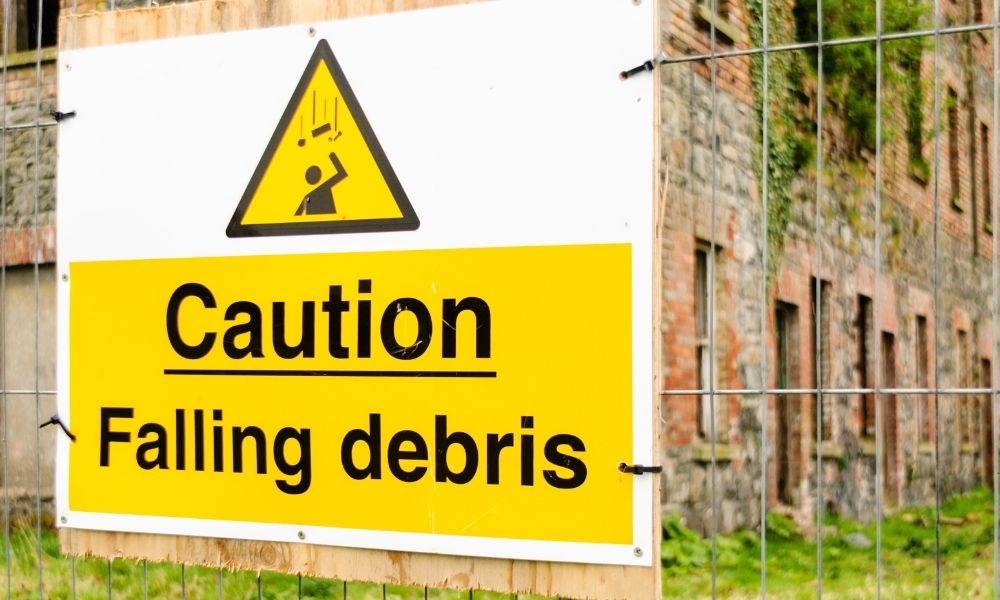
A majority of firefighters are well aware of the risks they face on a daily basis, but it’s never a bad idea to have a refresher. Who knows? Maybe you’ll come away with a new or a different way to deal with a problem that you never thought of before. Either way, we’re here to go over the most common safety hazards for firefighters.
Air Contaminants
Smoke is by far the biggest one to worry about—it can make seeing and breathing difficult, and if enough of it is inhaled, it can damage a person’s lungs. Luckily, every firefighter comes prepared with full-face respirators. These respirators can also protect them from harsh gases that could be in the air, such as carbon monoxide and hydrogen cyanide.
However, a time will come when a firefighter has to face smoke and these gases without a full-face respirator—whether the mask breaks, is forcefully removed, or even if it gets left behind. When that happens, the best option is to find the safest way to exit the area. If that’s not possible, try to call for help with your radio or out loud if necessary. You must stay calm. Try to slow your breathing as much as possible, so you don’t inhale too many harsh air contaminants.
Falling Debris
When everything is on fire, pieces of the building start to collapse. This is why firefighters are required to wear helmets. Although most falling objects are likely to hit their heads, feet are just as vulnerable. They are the only body parts that are constantly sticking out from the center mass of a person. Because of this, a majority of firefighters wear square steel-toe boots. If you are one of the few that don’t, or you’re looking for a new pair, be sure to check out our selection of steel-toe boots on our online store. It’s difficult to be constantly aware of your surroundings, so it doesn’t hurt to be as protected as possible.
Post-Traumatic Stress
By far, one of the most dangerous and common safety hazards for firefighters is dealing with post-traumatic stress. Any seasoned firefighter will tell you that they’ve had their fair share of close calls or massive regrets. Returning home at the end of the day and wondering if anything could have been done differently that would’ve saved a victim’s life can be torturous on a person who isn’t prepared to deal with it.
Fortunately, more fire departments are becoming aware of this issue and trying to head it off before it turns into PSTD. If your fire department doesn’t currently have a support group set up, take the initiative and set it up yourself. If you don’t have the ability or resources to do so, go out and look for one to join. Being able to get issues off your chest and having people there to support you can be the difference between a few bad nightmares and a lifelong, crippling problem.